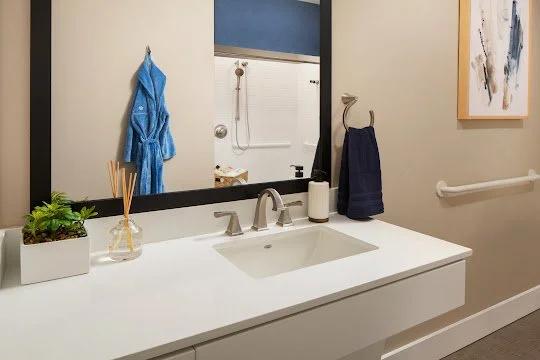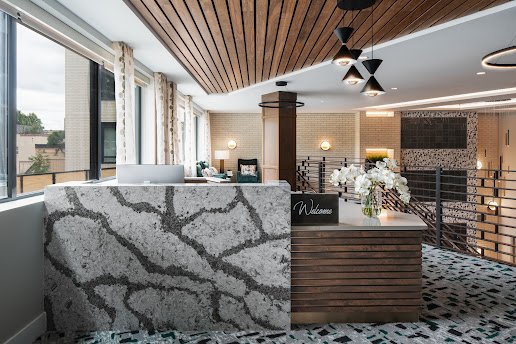Pilates for Seniors: Improve Core Strength Without Strain
Pilates can look intimidating at first glance, but at its heart it is a gentle system of movements that teaches your body how to support itself better. For older adults in assisted living Phoenix, that often means less stiffness, better balance, and fewer aches when getting out of a chair or reaching for something on a shelf. The focus is on control and alignment, not on how far you can stretch or how fast you can move.
Why Pilates works well for older bodies
Many traditional exercises put a lot of pressure on joints. Pilates, especially when done on a mat or with simple equipment, keeps movements controlled and low impact. It targets the deep muscles of the abdomen, back, and hips that help keep you upright and steady. Stronger core muscles can:
Improve posture and reduce back discomfort
Make walking and turning feel more stable
Support everyday tasks like dressing, cooking, and climbing steps
Breathing is synchronized with movement, which encourages relaxation and helps you pay closer attention to how your body feels.
What a senior friendly class looks like
A good class for older adults in retirement communities moves at a calm pace and offers options for different ability levels.
You might start with:
Diaphragmatic breathing while lying on your back or sitting
Pelvic tilts to gently mobilize the lower spine
Leg slides or marches to wake up hip muscles
Simple arm movements that train coordination and shoulder stability
The teacher should remind you often to relax your neck and shoulders and to stop if anything causes pain, not just mild effort.
Getting started safely
Before beginning Pilates, it helps to check with your clinician, especially if you have osteoporosis, joint replacements, or heart or lung conditions. When you look for a class, ask whether the instructor has experience with seniors or people with limited mobility. Private or very small group sessions can be useful at first so you can learn how to modify exercises.
At home, you can practice tiny pieces of Pilates, such as:
Sitting tall and gently drawing your belly toward your spine as you exhale
Lying on your back with knees bent and slowly lifting your hips a few inches
Performing slow, small leg marches while keeping your torso steady
In places like retirement home Portland, group Pilates sessions are often adapted so participants can work on chairs or higher surfaces instead of getting down to the floor. With the right guidance, Pilates can become a pleasant routine that leaves you feeling stronger, more centered, and more confident in your movements.















